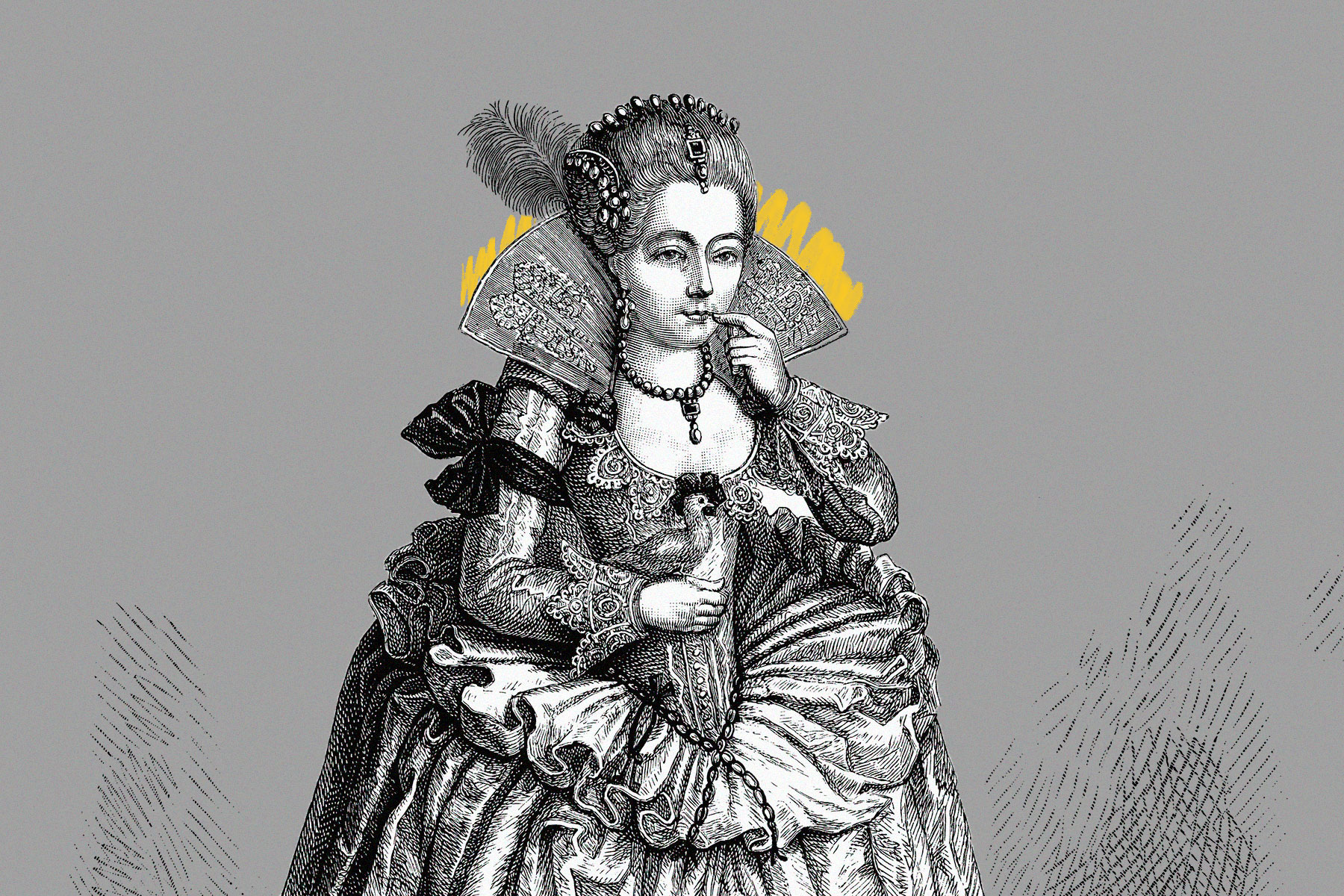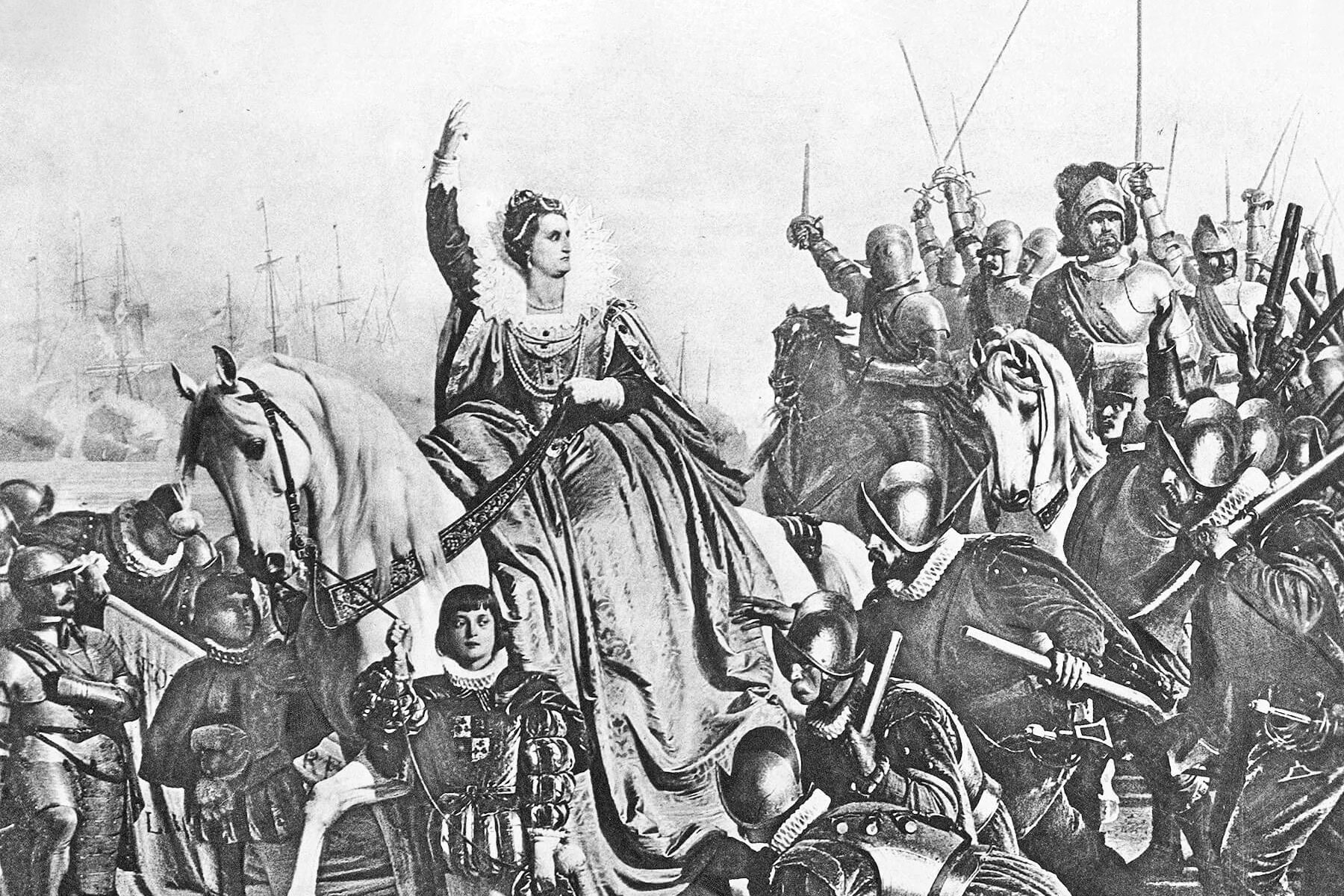 |
Queen Elizabeth I's teeth turned black from too much sugar. |
Famous Figures |
 |
| |
| It was no secret that the queen possessed a legendary sweet tooth; historians say she even used a sugar-based toothpaste to polish her teeth, which 10 out of 10 dentists don't recommend. In 1599, a German traveler named Paul Hentzner described the 65-year-old queen and revealed what a lifelong sugar addiction can do: "Her Lips narrow and her Teeth black… a defect the English seem subject to, from their too great use of sugar." Yet the queen's black, rotting teeth didn't detract from her appeal. Because only the rich could afford sugar (and the tooth decay it engendered), black teeth became seen as fashionable, and people would artificially blacken their teeth with soot to fit in, a fad that eventually faded after the reign of Elizabeth I. | |
 | |
 | |||||||||
By the Numbers | |||||||||
| |||||||||
| |||||||||
 | |||||||||
| |||||||||
Queen Elizabeth I made red hair fashionable. | |||||||||
| The Tudor dynasty, which ruled England from the coronation of Henry VII in 1485 until the death of Elizabeth I in 1603, was known for its redheads. Henry VIII, the most infamous of the Tudor kings, was described as having golden-red hair, but it was his daughter Elizabeth who really made fiery manes fashionable. A natural redhead, Elizabeth chose to forgo the use of wigs (which were fashionable at the time) in favor of her own red locks, and even dyed her horses' tails the same color. There are a few theories as to why her majesty chose this striking color, including that she wished to put questions about her legitimacy to rest by highlighting the hair color she shared with her father, the former king. Whatever the reason, the fashion trend stuck, and courtesans dyed their hair and beards to show their allegiance. The Elizabethan era was a golden age not just for England, but for redheads, too. | |||||||||
 | |||
Recommended Reading | |||
 | |||
| | |||
 | |||
| | |||
| + Load more | |||
| |||
| |||||||||
| Copyright © 2023 History Facts. All rights reserved. | |||||||||
| 700 N Colorado Blvd, #513, Denver, CO 80206 | |||||||||
|





No comments:
Post a Comment